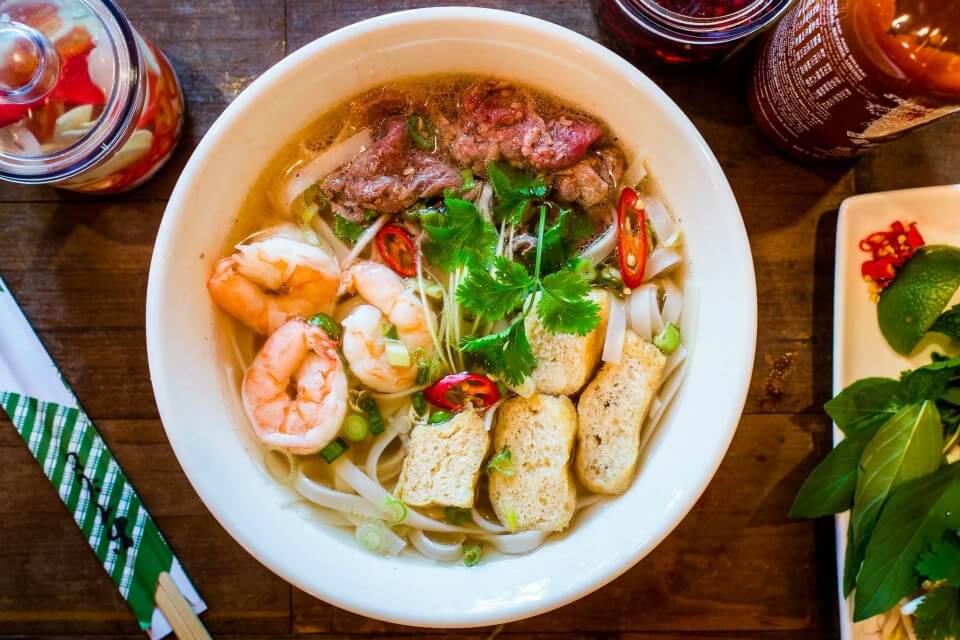Table Of Content

A hybrid aesthetic combining the comfort and functionality of Scandinavian design with the simple elegance of Japanese style, the "Japandi" look is on the rise, regardless of one’s thoughts on the portmanteau. Margin House was designed by architect Kohei Yukawa for himself and his family. Flexible living spaces are arranged around an atrium that features a living tree in the middle of the room. In addition to the furniture, it is important to pay attention to the textures of cushions, rugs and auxiliary furniture. Natural materials such as bamboo, rattan, paper, ceramics and light woods are ideal for this style.
What are the three principles of wabi-sabi?
It creates a connection to nature which is a key aspect of your Japandi house style. If you’re lacking in a range of materials and textures, you can add some Japandi artwork to bring out these natural elements, from sculptures to fabrics and paintings. So, think streamlined cabinetry, open shelving, and clean, spacious countertops. Striving for the perfect equilibrium, Japandi creates spaces that feel just right—neither too much nor too little, but just right.
Eight home interiors where mezzanines maximise usable space
It’s been gaining a lot of momentum and popularity recently, so let’s dive a little deeper into it. An amalgamation of the words Japanese and Scandinavian, Japandi is an interior design trend that marries Japanese and Scandinavian aesthetics. Japanese minimalism and Scandinavian functionality are merged together to create a style that makes a space minimal without it being cold. Japandi-style spaces are warm, neutral, and comforting, and are smartly integrated with natural materials, craftsmanship, as well as calming color palettes. If this is an interior trend that resonates with you, and you would like to integrate it within your home, then you’re at the right place! We’ve curation a collection of interiors designs that are aesthetically pleasing, wholly functional, and truly Japandi.
Which is the best interior design magazine?
"The design team revitalized the existing archway through thoughtful finishes, incorporating porcelain tile that mimics the look of thin wood slats—embodying the minimal, natural aesthetic of the style,” she explains. Consumers are using the natural beauty of wood in interiors to lead the way, including in unexpected ways like teak kitchen fixtures. Harper adds, "For years now, wood cabinets and vanities have taken a back seat to white, black, and even color, but we'll begin to see more wood being leveraged." "Fusing some of the most sought-after elements of Japanese and Scandinavian aesthetics, a Japandi style brings a sense of serenity and harmony to any home," says London design duo Black & Milk. "A Japandi style in design helps to create a spacious feel and calming ambiance, a welcome respite from the chaos of the external world." While Pantechnicon's interiors are pared-down, plenty of wood detailing gives the space an inviting feel, and lantern-like lights and green plants have been added to soften the minimalist aesthetic.

Newsletter
Few design and decor trends capture the imagination quite like Japandi interior design. This unique style is a blend of Japanese and Scandinavian aesthetics, merging the minimalistic elegance of the East with the cozy warmth of the North. Japandi-style interior design offers a blend of tranquility, simplicity, and functionality. To better understand the essentials of Japandi style, its origins and philosophy are just as important as its calming color palettes and natural materials.
It’s supposed to encourage the mindful arrangement of furniture, decor, and open space in our homes. For me that’s where the Scandinavian influence shines through in the emphasis on designing spaces for the needs of daily life. Both Japanese and Scandinavian styles prioritize sustainable, eco-friendly material choices such as wood, bamboo, rattan, and stone. The roots of Japandi can be traced to the shared appreciation for simplicity, craftsmanship, and connection to nature found in both Japanese and Scandinavian design cultures. In today’s fast-paced world, I often find myself with a yearning for serene and clutter-free living spaces.
Both Japanese and Scandinavian traditions revere woodworking, and both cultures are renowned for skilled carpentry and furniture making. In Japandi style, there is a strong emphasis on materials such as wood, stone, and woven textiles. This adds warmth to a space and connects a home's inhabitants to nature. "We incorporate natural materials like wood, bamboo, and stone, which we combine with warm organic textures, fostering a connection with nature and enhancing the overall tranquility of a room," says Vergara. It is an advantageous pairing, with both parts perfectly accentuating the other.
“Japandi” Style Is the Minimalist, Multi-Cultural Interior Design Trend That Shows No Sign of Stopping - Vogue
“Japandi” Style Is the Minimalist, Multi-Cultural Interior Design Trend That Shows No Sign of Stopping.
Posted: Mon, 31 Jul 2023 07:00:00 GMT [source]
What is the difference between Scandi and Japandi style?
She has over 10 years of writing and editing experience, formerly holding editorial positions at Time and AOL. Read on as our experts explain more about the essential elements of Japandi style and how you can get the look in your home. Though not exhaustive, Japanese interiors often make use of the following. Japandi homes, though a more established style now, date back hundreds of years. “After the closed-border policy of Japan, which lasted for around 200 years, they opened their borders in the mid 1850s,” Rietbergen explains. Scandinavian designers and artists began visiting Japan and quickly became enthralled with the Japanese style.
Japandi style is a blend of Japanese and Scandinavian design ethos that blends Japanese art (think wabi-sabi and feng shui) and Scandinavian hygge (creating a cozy and warm atmosphere that encourages harmony and gratitude) for a tranquil space. While Japan and Scandinavia may seem worlds apart, their design sentiments have plenty in common. They're both rich in history and focus on simplicity, sustainability, and neutral color schemes. The combination of the two styles results in minimalist yet functional interiors that invite you to stay in and relax. It's no surprise that designers are leaning more into Japandi style as it leads with intentionality for what should be brought into your home.
Because it's kind to minimalists and encourages "more is more" aesthetics to relook at what they prioritize in their designs, this feel-good design style is like a breath of fresh air, and thankfully it's not difficult to achieve. Clear from the above list, Japanese and Scandinavian interior design already have many similarities. Japandi interiors make use of neutral tones, but they often include more dark colors than in a straightforward Scandi design. You may also see a broader range of textiles and textures, combining the various natural materials that both styles respectively use. “This combination makes an interesting space with different use of natural materials and shapes, and creates contrast in multiple ways,” Rietbergen explains.
“They were very enthusiastic about the country, culture, and all the amazing items in the shops. These items became an inspiration for a lot of artists and designers in Scandinavia,” Rietbergen continues.
This applies to furniture and decoration and, of course, the style heavily hinges on zero clutter. Medgina Saint-Elien is a lifestyle and design editor, whose journey has been marked by her interest in popular culture and technology. Saint-Elien uses her editorial eye to find the "on the pulse" moments in media through trend forecasting, exciting new product launches, hands-on reviews, and covering the "lightbulb" moments in every maker's story.
The origin of this style dates back to when the Danish designers and creatives began traveling to Japan, the moment the 220-year-old closed-border policies were finally lifted. At that time, their designs started getting influenced by this enigmatic and fascinating new oriental aesthetic. Japandi is a fusion of traditional elements and philosophies, so there are distinctions when separating it from Japanese and Scandinavian-based design. Feng shui has many rules, even pointing you in the direction to place your bed, but Japandi isn't entirely hard-pressed to stick to the rules.












